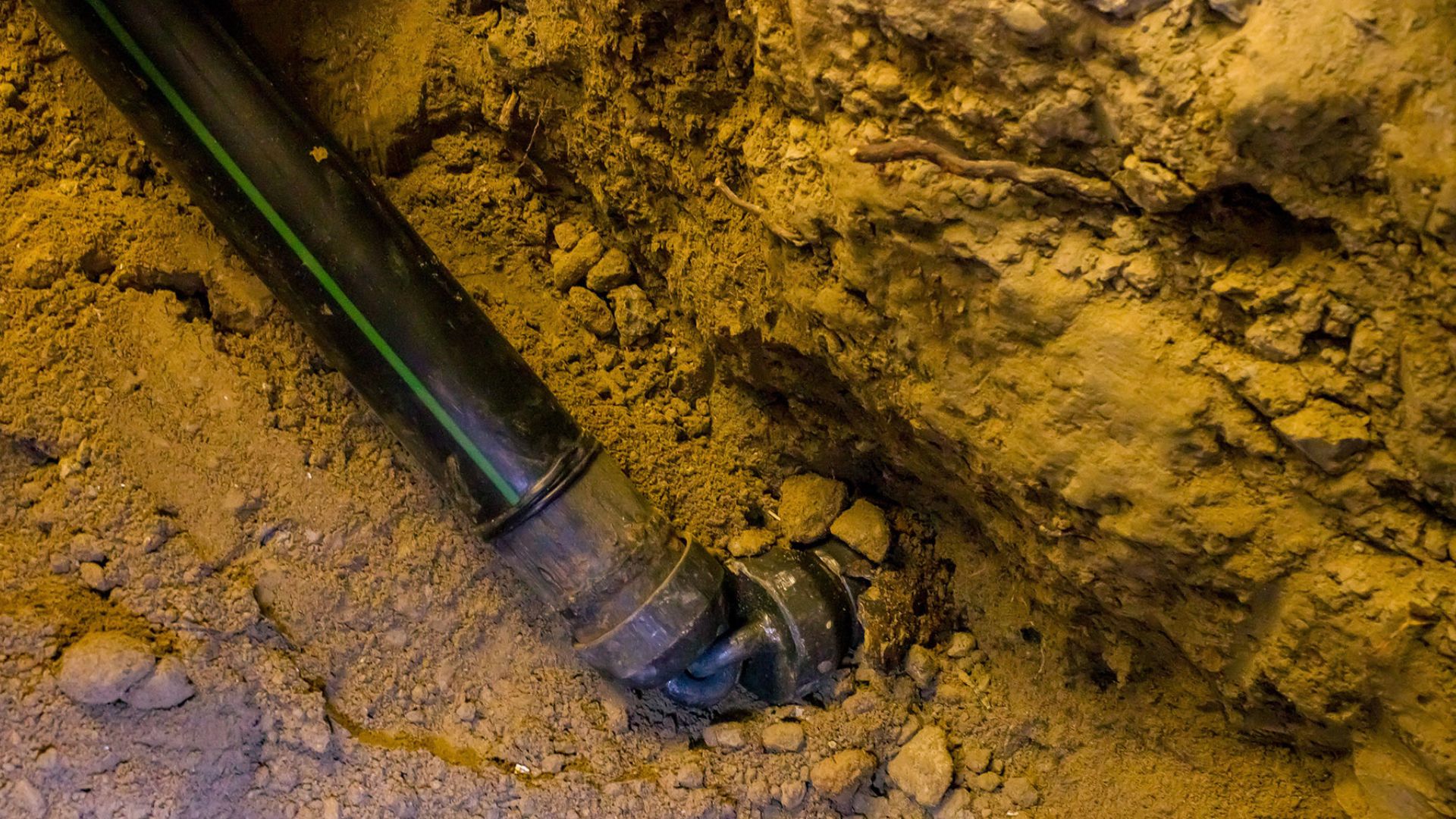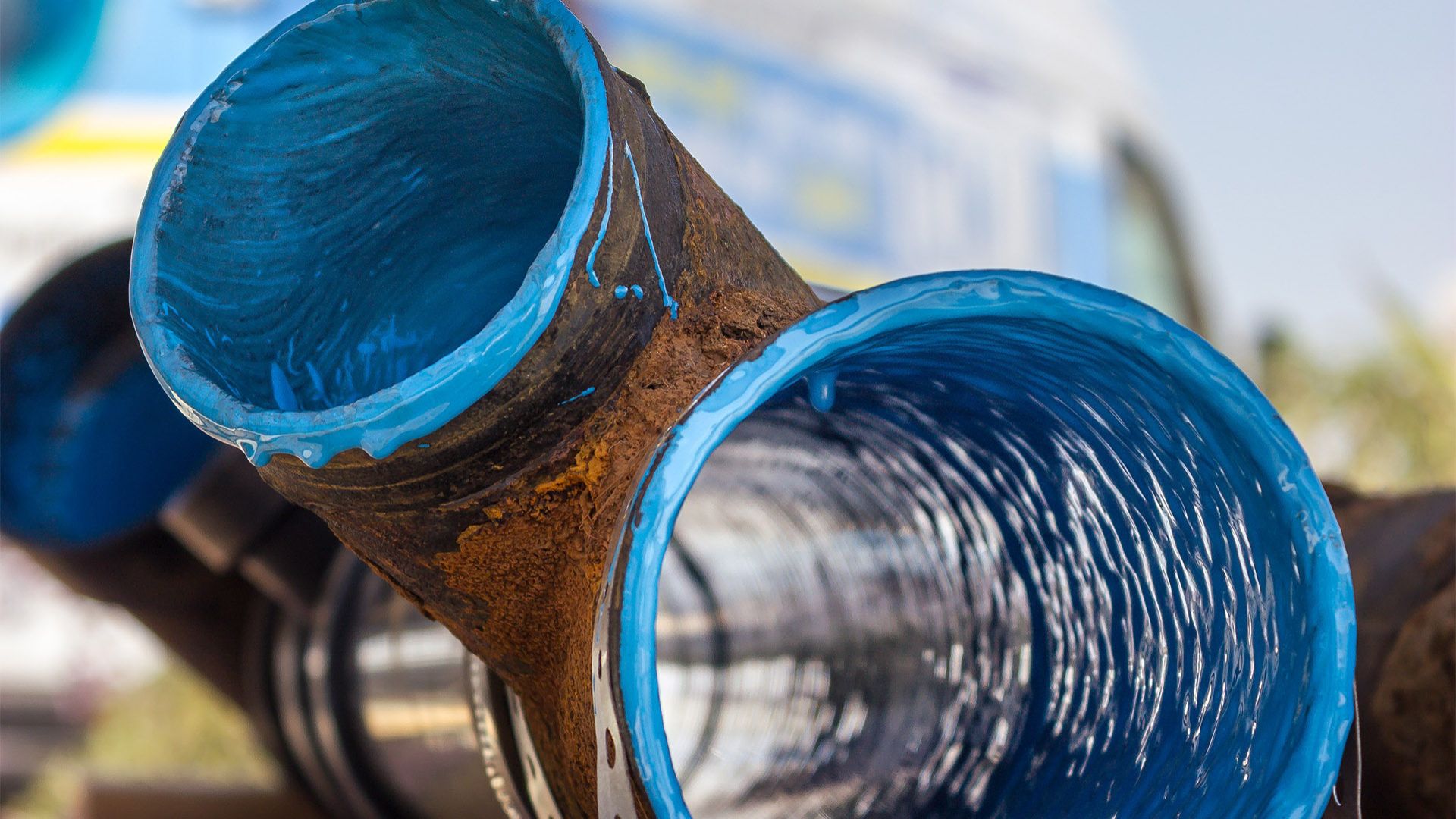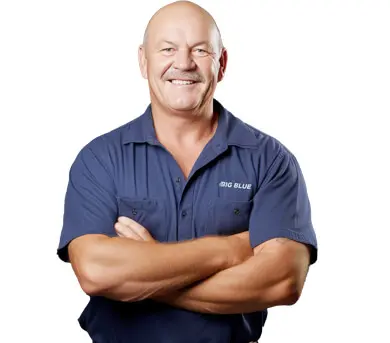Here’s something you might not realise: every year, there are around 19 water main breaks for every 100 kilometres of pipeline across the country. With more than 139,000 kilometres of water mains in Australia, that adds up to over 26,700 pipe failures annually, according to the Water Services Association of Australia.
If you manage a commercial property, that number isn’t just a random statistic—it’s a wake-up call. A single cracked or collapsed pipe can throw your business into chaos. We’re talking blocked drains, foul smells, damaged flooring, water leaks, and unexpected downtime. And if the issue is underground or beneath concrete? Well, that’s when the headaches really begin.
Traditionally, the only fix was to dig up the damaged section and replace the pipe entirely. That often meant ripping up concrete, shutting down parts of the building, and hoping your tenants or customers didn’t mind the mess.
Fortunately, there’s a better way. Pipe relining offers a modern solution that restores pipes without any major disruption. It’s quick, clean, and designed to keep your business running while the repair work happens behind the scenes.
What Exactly is Pipe Relining?
Pipe relining is a trenchless method of repairing damaged or deteriorated pipes from the inside. Instead of removing the old pipe, plumbers insert a resin-soaked liner that adheres to the internal walls. Once it cures and hardens, it forms a brand-new pipe inside the existing one.
Think of it as keyhole surgery for your plumbing—targeted, efficient, and far less invasive than digging. The technique is suitable for pipes made from PVC, cast iron, clay, or concrete, and can be used across a range of pipe sizes and layouts.
Because it doesn’t require excavation, pipe relining is ideal for commercial properties. Whether your pipes run under carparks, buildings, or landscaped areas, they can be repaired with minimal surface disruption. This makes it especially useful in locations where noise, dust, or access restrictions would make traditional pipe replacement nearly impossible.

Signs Your Commercial Property Could Use Pipe Relining
Plumbing issues often start quietly, but if you know what to look for, you can catch them before they spiral out of control. Here are a few warning signs that could point to deeper problems in your pipework:
- Persistent blockages in toilets, sinks, or floor drains
- Slow-draining water, even after regular cleaning
- Unpleasant smells coming from bathrooms or kitchens
- Wet patches on floors, walls, or ceilings with no obvious cause
- Rust-coloured or cloudy water from taps
- Sudden spikes in water bills, suggesting hidden leaks
- Gurgling sounds from drains or unusual noises from pipework
These issues can suggest cracked or collapsed pipes, corrosion, or root intrusion. The longer you leave it, the more likely it is to affect your building’s structure or hygiene standards.
If your property is experiencing any of the above, it’s time to get a professional plumber involved. A CCTV pipe inspection can quickly pinpoint the issue, and in many cases, pipe relining will be the simplest and most effective solution.
Pipe Relining vs Traditional Pipe Replacement
Let’s talk about the main difference: disruption. Traditional pipe replacement usually involves digging. That might mean tearing up concrete, flooring, or landscaped gardens—sometimes all three. Then you need to replace those surfaces after the plumbing’s done. It’s messy, loud, expensive, and time-consuming.
Pipe relining avoids destruction. The work is done internally through existing access points, such asinspection pits or drainage grates. That means there’s no need to shut down your building, reroute foot traffic, or close off whole sections of your property.
Aside from the convenience, there’s also a matter of time. While traditional replacement could take several days (or longer in complex sites), relining can often be completed in a single day. That means less downtime and fewer headaches for staff, tenants, or customers.
The best part? Once relined, the pipe is stronger than before. The epoxy resin liner resists corrosion, tree roots, and ground movement, and when installed properly, it has a lifespan of 50 years or more.
Why Pipe Relining Works So Well for Commercial Properties
Not all plumbing problems are created equal, and commercial buildings bring their own set of challenges. High foot traffic, large water volumes, tight timeframes, and varied infrastructure all make plumbing repairs more complicated.
Pipe relining suits these environments perfectly.
Let’s say you manage a retail centre. You can’t shut down your car park or dig through a tiled corridor just to reach a blocked sewer. Or maybe you’re in charge of a school, where plumbing issues need urgent resolution without disrupting classes. In either case, relining means business can go on while the pipes are fixed in the background.

Even heritage-listed buildings benefit from relining. Instead of tearing up historic flooring or breaking through stone walls, plumbers can restore ageing infrastructure without disturbing the structure itself.
And in industrial settings, relined pipes are better suited to handle harsh conditions and chemical runoff, making them a strong long-term solution for manufacturing sites or warehouses.
What’s Involved in the Pipe Relining Process?
The process might sound technical, but it’s actually quite straightforward—and incredibly efficient.
- Initial inspection – A small camera is inserted into the pipe to assess its condition and identify damage.
- Cleaning – The pipe is flushed using high-pressure water jets to remove debris, roots, and sludge.
- Liner prep and insertion – A custom-cut liner, coated in epoxy resin, is inserted into the pipe using existing access points.
- Inflation and curing – The liner is inflated and left to cure. Depending on the method used, this can be done with steam, hot water, or ambient air.
- Final check – Once cured, the pipe is re-inspected to confirm everything is sealed, smooth, and fully operational.
It’s a clean, quiet, and controlled process—and in most commercial scenarios, it’s done and dusted before the day is out.

Where Pipe Relining is Most Useful in Commercial Plumbing
Pipe relining isn’t just for broken sewer pipes. It can be applied to a wide range of plumbing systems, including:
- Stormwater drains
- Sewer lines
- Grease traps and kitchen waste lines
- Fire service pipes
- Roof drainage and downpipes
- Underground pipelines that are difficult or impossible to access through conventional means
It’s especially handy for properties with older infrastructure or complex layouts, where pipe accessibility is a major challenge.
What Affects the Cost of Pipe Relining?
Every job is different, and so is the cost. A range of factors come into play:
- Length and diameter of the pipe
- Extent of the damage—cracks, breaks, or corrosion
- Location of the pipe—under buildings, carparks, or landscaped areas
- Number of bends or junctions
- Ease of access to entry points
While it may seem like an investment upfront, pipe relining often works out cheaper in the long run. You avoid excavation costs, restoration expenses, and future plumbing problems caused by quick fixes or patch jobs.
Pipe Relining: A Smart Business Move
No one wants to deal with emergency plumbing repairs in the middle of peak trading hours or school term. Pipe relining offers a proactive solution that’s both reliable and future-focused.
It protects your building, keeps tenants happy, and avoids the kind of drama that comes with burst pipes and large-scale excavation. Think of it as preventative maintenance that adds value to your property while reducing stress down the track.
Whether you’re managing a single office or a nationwide portfolio, relining helps you stay ahead of wear and tear, without turning your property into a construction site.
Keep Your Business Flowing with Big Blue Plumbing
At Big Blue Plumbing, we know that for commercial property owners, time is money, and disruption is the enemy. That’s why we offer expert pipe relining services that get the job done fast, clean, and with as little fuss as possible.
Our experienced team uses cutting-edge tech to inspect, clean, and reline your pipes without tearing up your floors or interrupting your day-to-day operations. Whether you’re dealing with constant blockages, ageing pipework, or a sudden leak, we’ve got a solution that fits your business.
We’ve worked with a wide range of commercial clients across South East Queensland—from strata managers and shopping centres to schools and factories—and we bring the same level of care, precision, and professionalism to every job.
Need help with your pipes? Let’s chat. Contact Big Blue Plumbing today to schedule an inspection or get a quote for your commercial property. We’re here to help you keep things flowing—without the drama.



